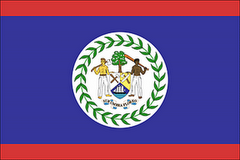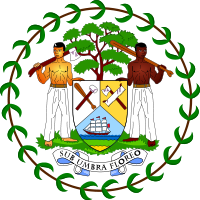By GILLIAN MOHNEY AND ABC NEWS
With a monster
snowstorm expected to hit the East Coast this weekend, plenty of people are preparing to face their first major dose of wind, ice and snow this winter. But there are a few persistent cold weather health myths that are more harmful and helpful for people wanting to know the best way to handle a blizzard.
Myth: Have a sip of alcohol to ward off the winter chill
Experts say despite the warm feeling a shot of whiskey can bring, alcohol is actually more harmful than helpful in cold temperatures.
Too much alcohol can actually make you colder, according to the U.S. Centers of Disease Control and Prevention, which advises people to abstain from caffeinated and alcoholic beverages since "they cause your body to lose heat more rapidly."
Dr. Edmundo Mandac of University Hospitals Case Medical Center explained too much liquor can "really screw up body regulation [of] temperature."
Additionally, the
American Heart Association warns that people who become impaired after drinking alcohol may not realize how the cold weather is affecting them.
"Alcohol may increase a person’s sensation of warmth and may cause them to underestimate the extra strain their body is under in the cold," the American Heart Association explained.
Myth: Shovel snow early in the day
Picking up that shovel in the early morning may appear to be the responsible thing to do after a big snowstorm, but that chore can have serious health effects. Simply shoveling snow can be a dangerous for those at risk of heart attack, since being in the cold and lifting a heavy shovel can put an added strain on the heart, according to the American Heart Association.
Dr. Clyde Yancy, chief of cardiology at Northwestern University Feinberg School of Medicine, explained that shoveling in the morning can be even more problematic. He explained in a 2014 interview that hormone levels in the morning make blood "sticker" for people at greater risk of a heart attack.
Additionally, getting the flu, or winter habits such as over eating during the holidays or going on vacation to warm areas, can all have an impact on your heart.
"We should all realize that over the winter season, we're just more vulnerable," Yancy said in an earlier interview. "Take it easy."
Myth: As long as people are indoors they are safe
Unfortunately, even being indoors doesn't protect everyone from bitter winter cold. If a house isn't properly heated or if the heat is shut off, elderly residents and infants can be at greater risk for developing hypothermia.
The
CDC advises keeping a close eye on infants during winter months and making sure that they're not sleeping in cold rooms. Unlike adults, infants can't shiver to stay warm and they are less able to regulate body temperature.
Additionally, elderly residents are more at risk for feeling the effects of cold weather since their bodies have a slower metabolism and are less able to regulate body heat, according to the CDC. If you're concerned your house is too cold, you should make arraignments to stay elsewhere.
.gif)


















